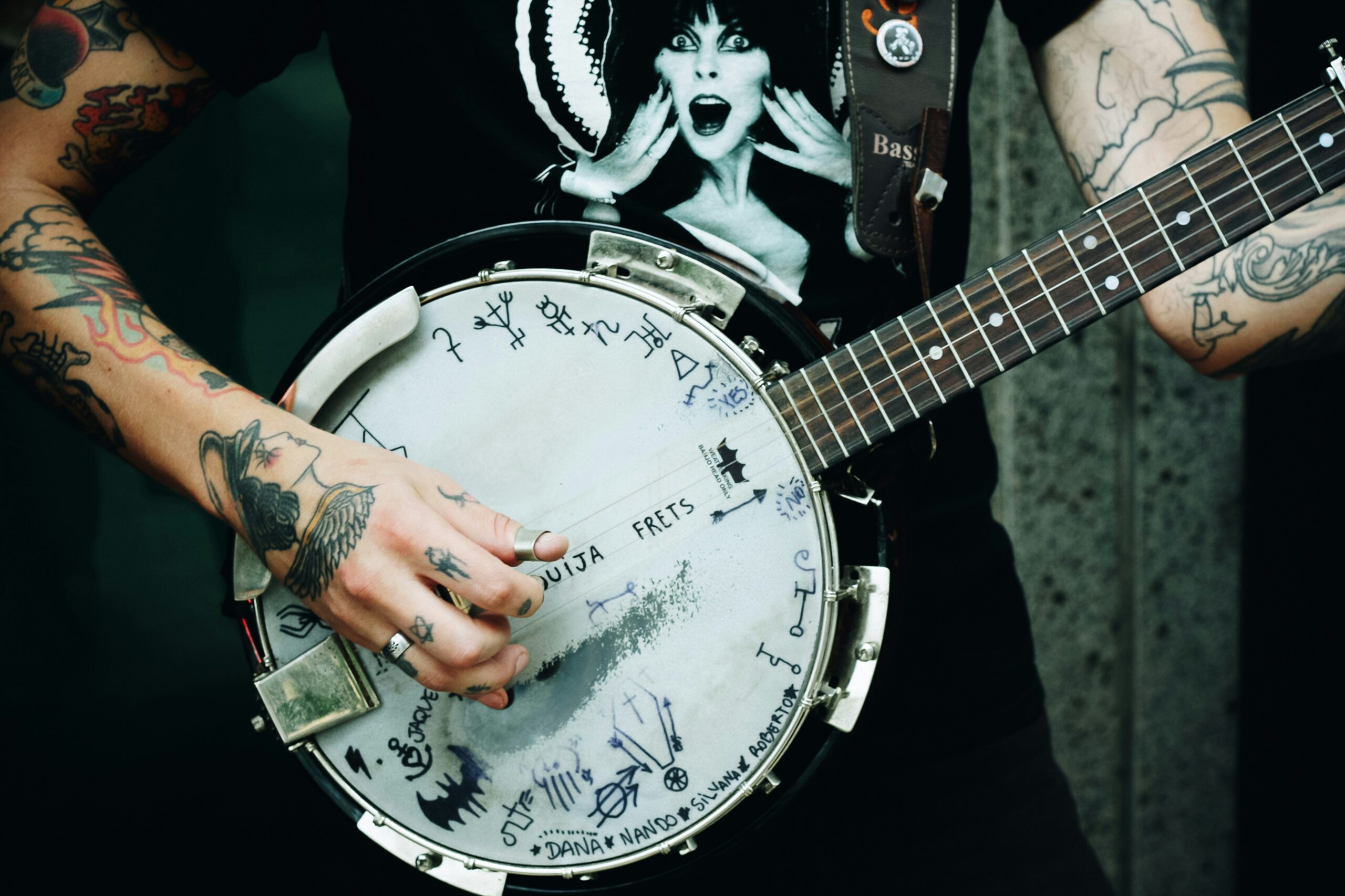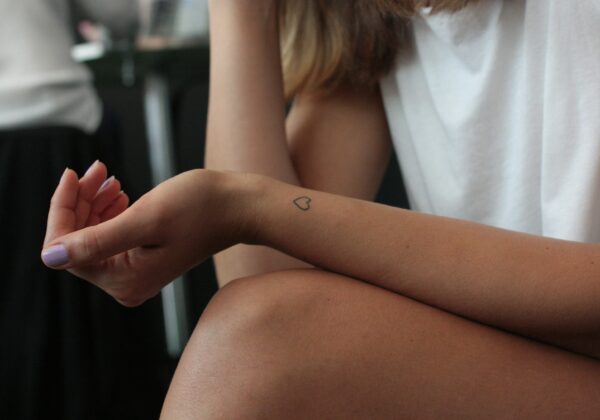Tattoos have been an integral part of human culture for thousands of years, evolving from ancient rituals to contemporary forms of self-expression. The journey from traditional to modern tattoo styles reflects not only changes in artistic trends but also shifts in societal attitudes and technological advancements. In this article, we explore the rich history of tattoo styles, tracing their evolution from ancient symbols to today’s cutting-edge designs.
Ancient Beginnings
The art of tattooing dates back to ancient civilizations. In Ancient Egypt, tattoos were used to signify social status and protection against evil spirits. One of the most famous examples is the tattoos found on mummies, which depict symbols of fertility and protection, such as amulets and images of goddesses.
In Polynesia, tattoos played a significant role in social status and hierarchy. Polynesian tattoos, known as tatau, were complex patterns that indicated lineage, achievements, and personal traits. For example, facial tattoos worn by chiefs could signify their leadership qualities and heroism in battle.
Traditional Styles
By the 18th and 19th centuries, traditional Western tattooing often featured iconic imagery like anchors, roses, and eagles. These images symbolized hope, love, and patriotism. One notable example is the “Hold Fast” anchor tattoo popular among sailors, symbolizing resilience and loyalty.
In contrast, Japanese traditional tattoos, or irezumi, are known for their intricate and elaborate designs. A prominent example includes tattoos of dragons and koi fish, which carry deep symbolism. Dragons in Japanese culture symbolize strength and wisdom, while koi fish represent perseverance and the pursuit of self-improvement.
The Rise of New School
The late 20th century saw the emergence of the “New School” tattoo style, which brought vibrant colors and exaggerated forms. An example is the work of James Hegarty, who blends elements of pop culture and graffiti. His tattoos often feature cartoonish characters and fantastical creatures, such as colorful dragons and abstract shapes, reflecting the creativity and innovation of this style.
Modern Trends and Innovations
In recent years, the tattoo industry has experienced a surge in modern trends and technological innovations. Contemporary minimalist tattoos focus on simple lines and geometric shapes. A prime example is the work of Frank Carver, known for his elegant minimalist tattoos, including thin lines forming geometric figures or symbolic images.
Watercolor tattoos have also gained popularity. For instance, Jessica Swartz creates tattoos with a watercolor effect, where colors blend seamlessly to mimic the fluidity and gradient of watercolor paintings. This style adds an artistic and abstract quality to tattoos.
Another trend is hyper-realistic tattoos. A notable artist in this style is Chuck Smith, who creates incredibly detailed portraits and animal imagery, such as realistic depictions of lions and tigers that look lifelike.
Technological innovations have also introduced ultraviolet tattoos, which are visible only under black light. An example is the work of Christina Hartmann, who creates unique tattoos that glow in the dark, adding an element of intrigue and mystery.
Conclusion
The evolution of tattoo styles from traditional to modern reflects a dynamic interplay between culture, art, and technology. As tattooing continues to evolve, it remains a powerful form of self-expression and artistic creativity. From ancient symbols of protective power to the cutting-edge designs of today, tattoos offer a fascinating glimpse into the ever-changing landscape of human art and identity. Whether drawn to the timeless appeal of traditional designs or the innovative spirit of modern trends, the world of tattoos is rich with diversity and possibilities.



